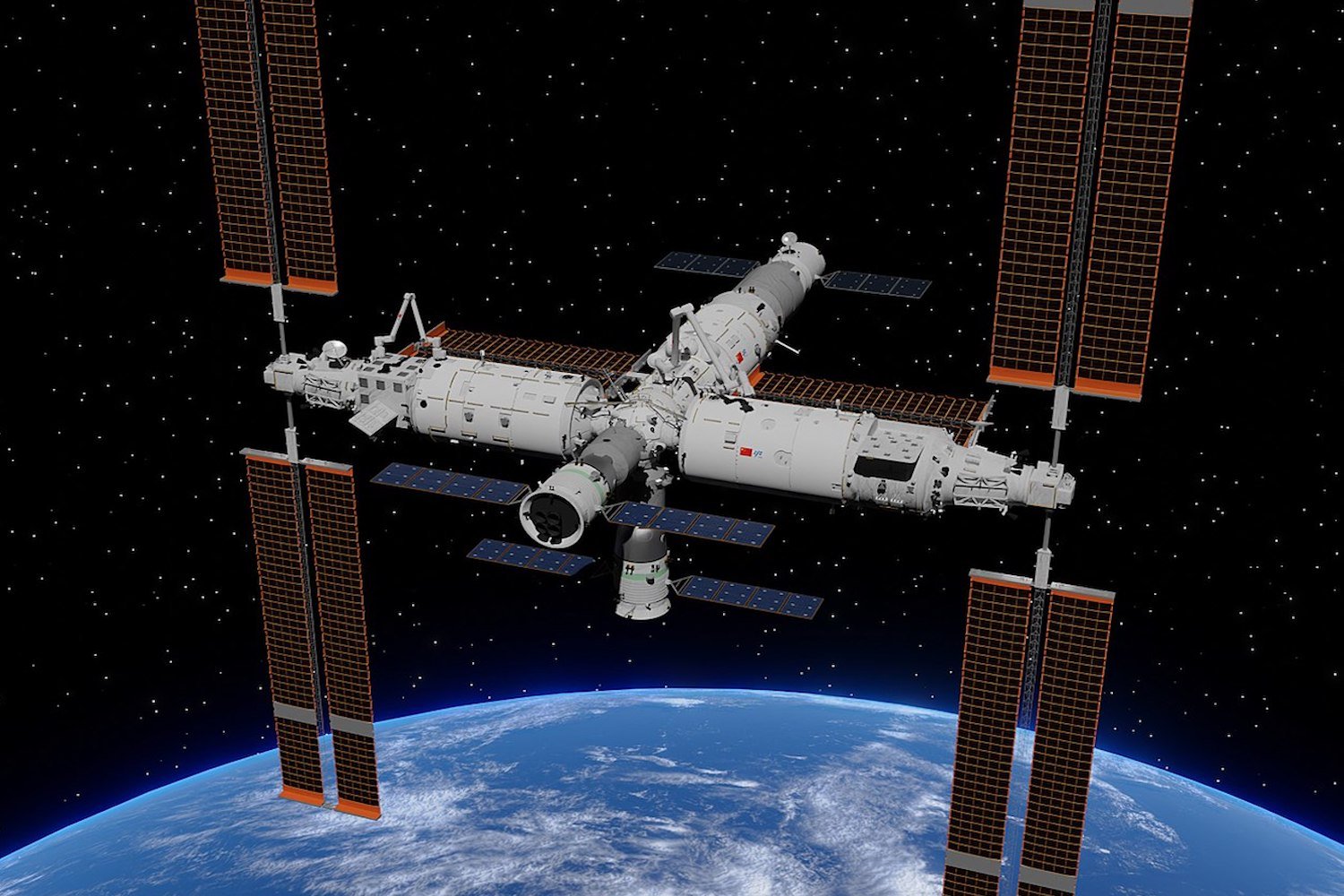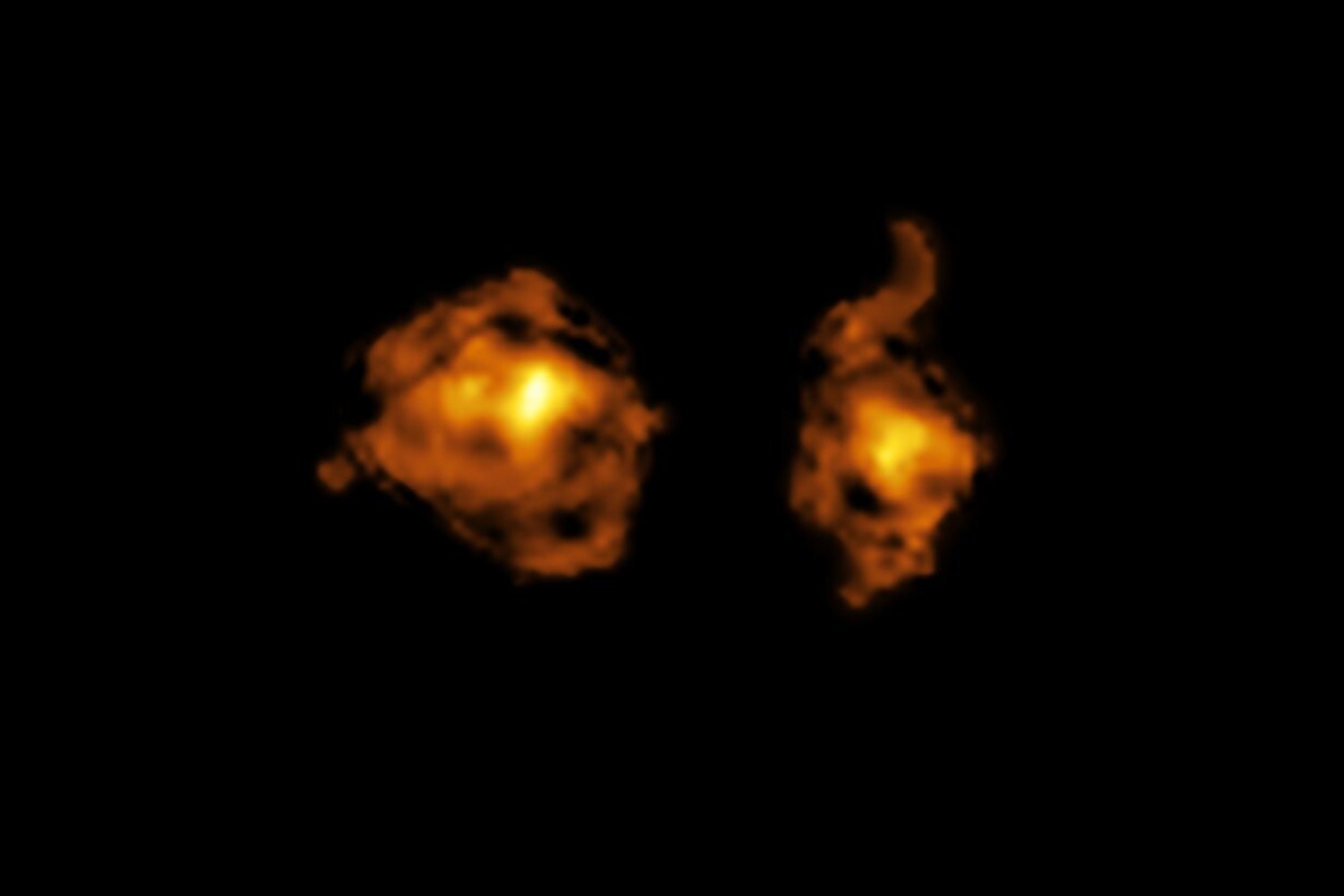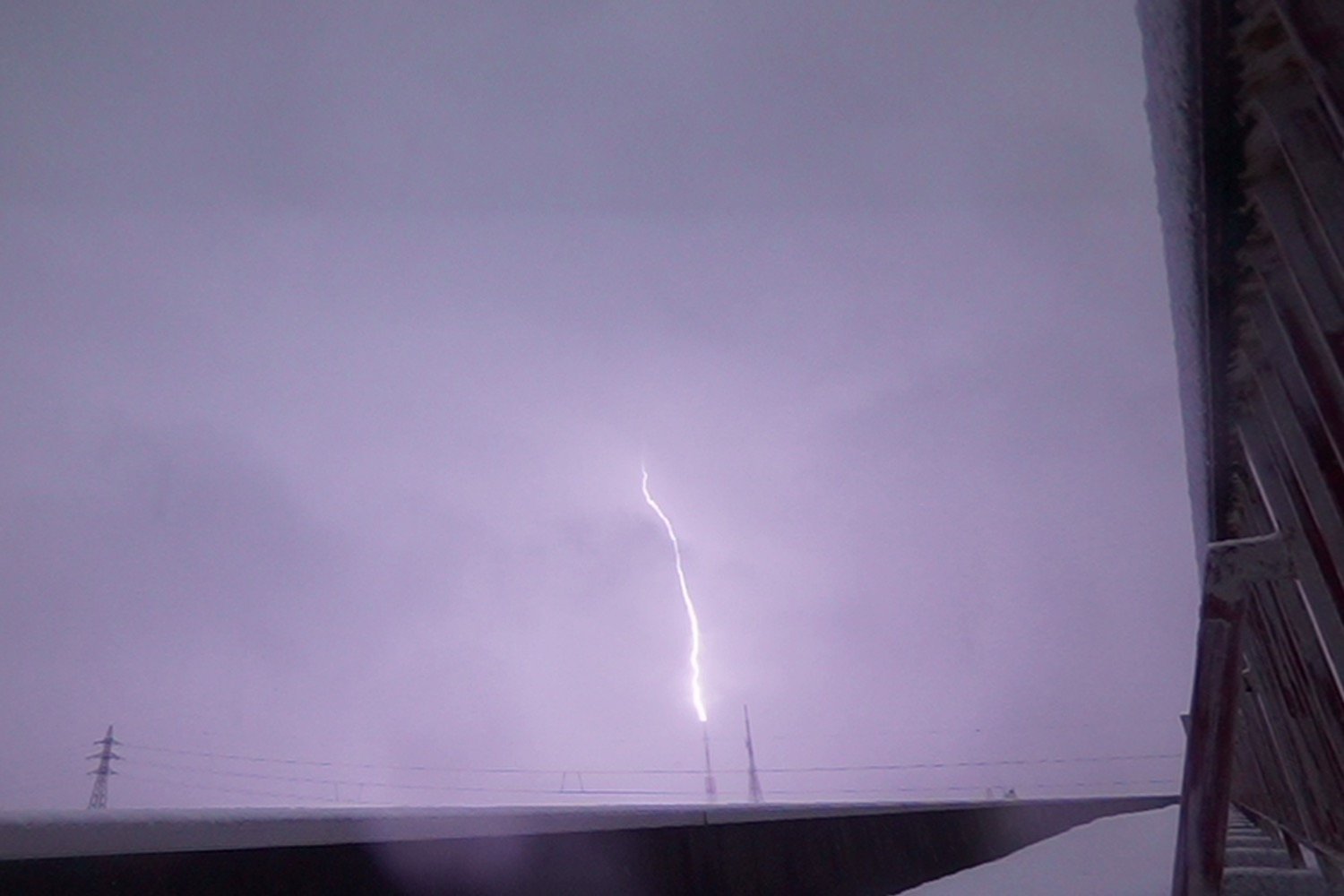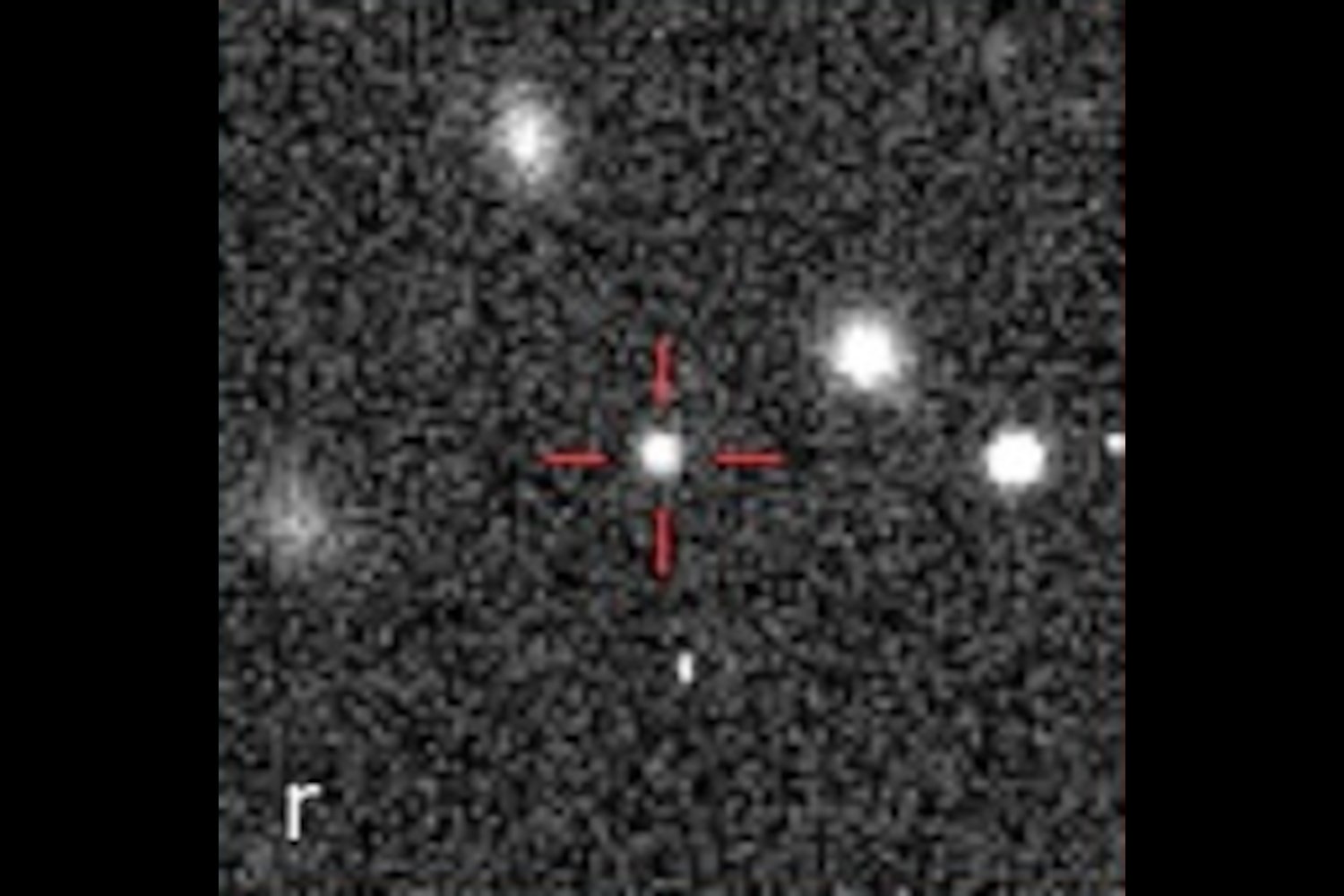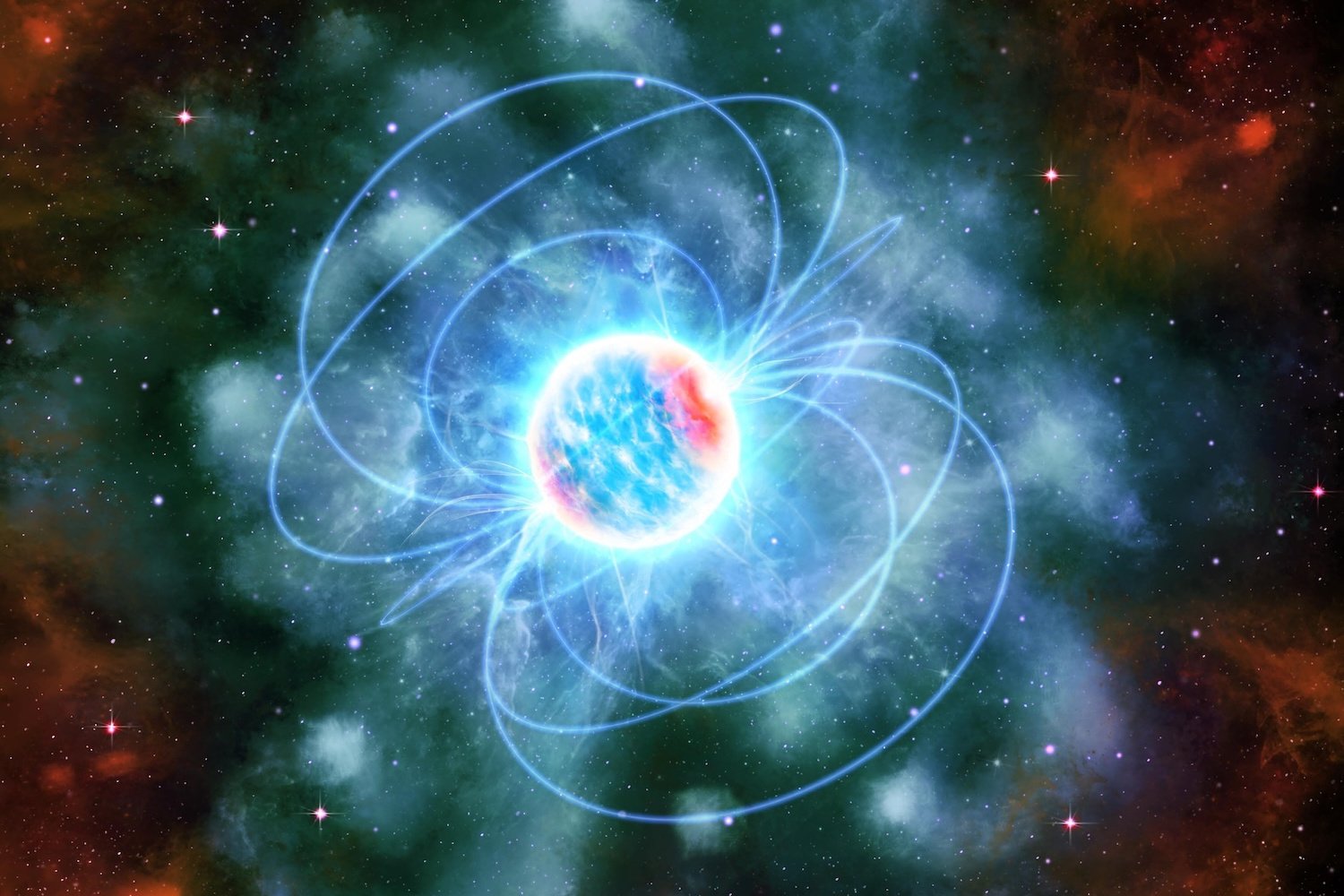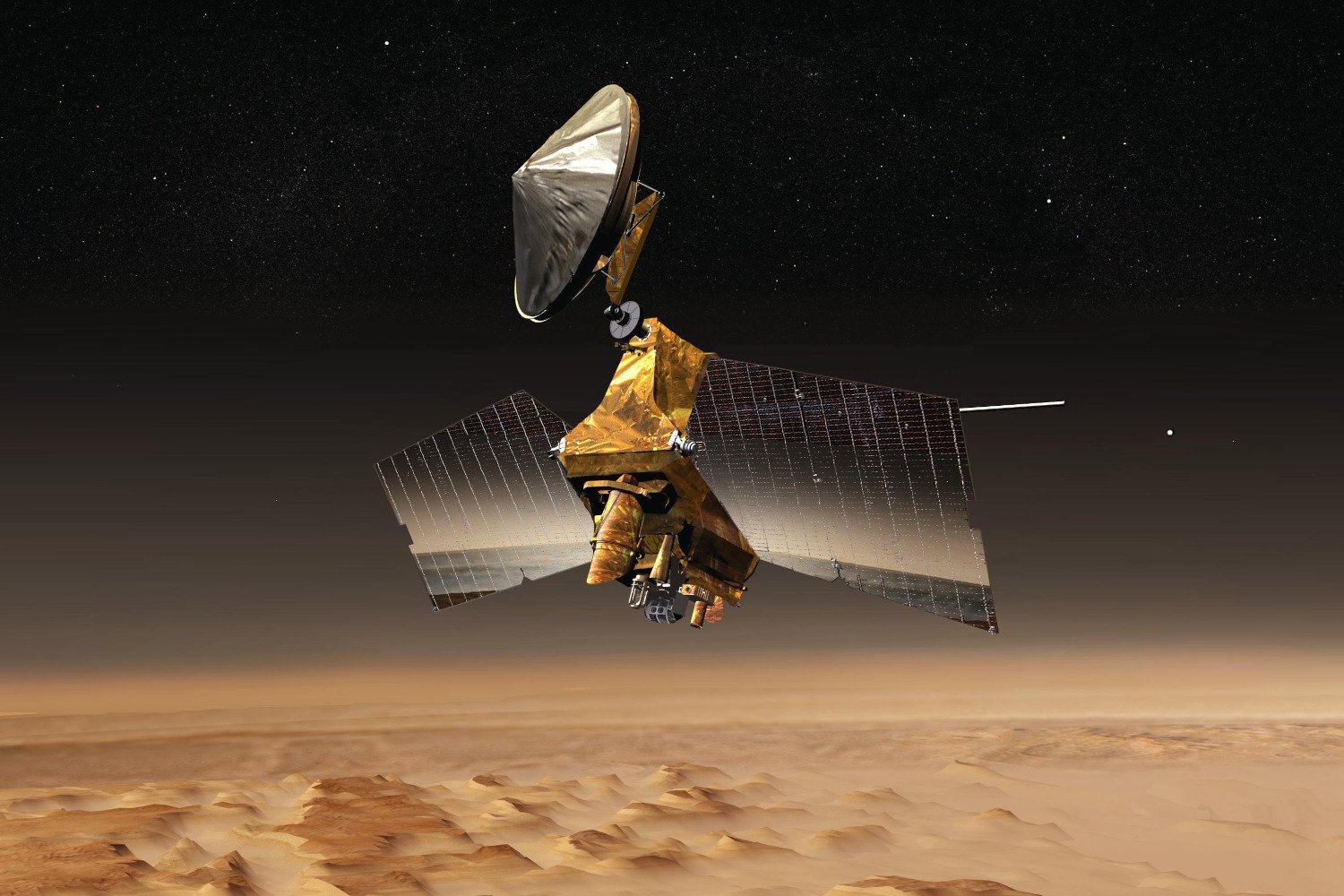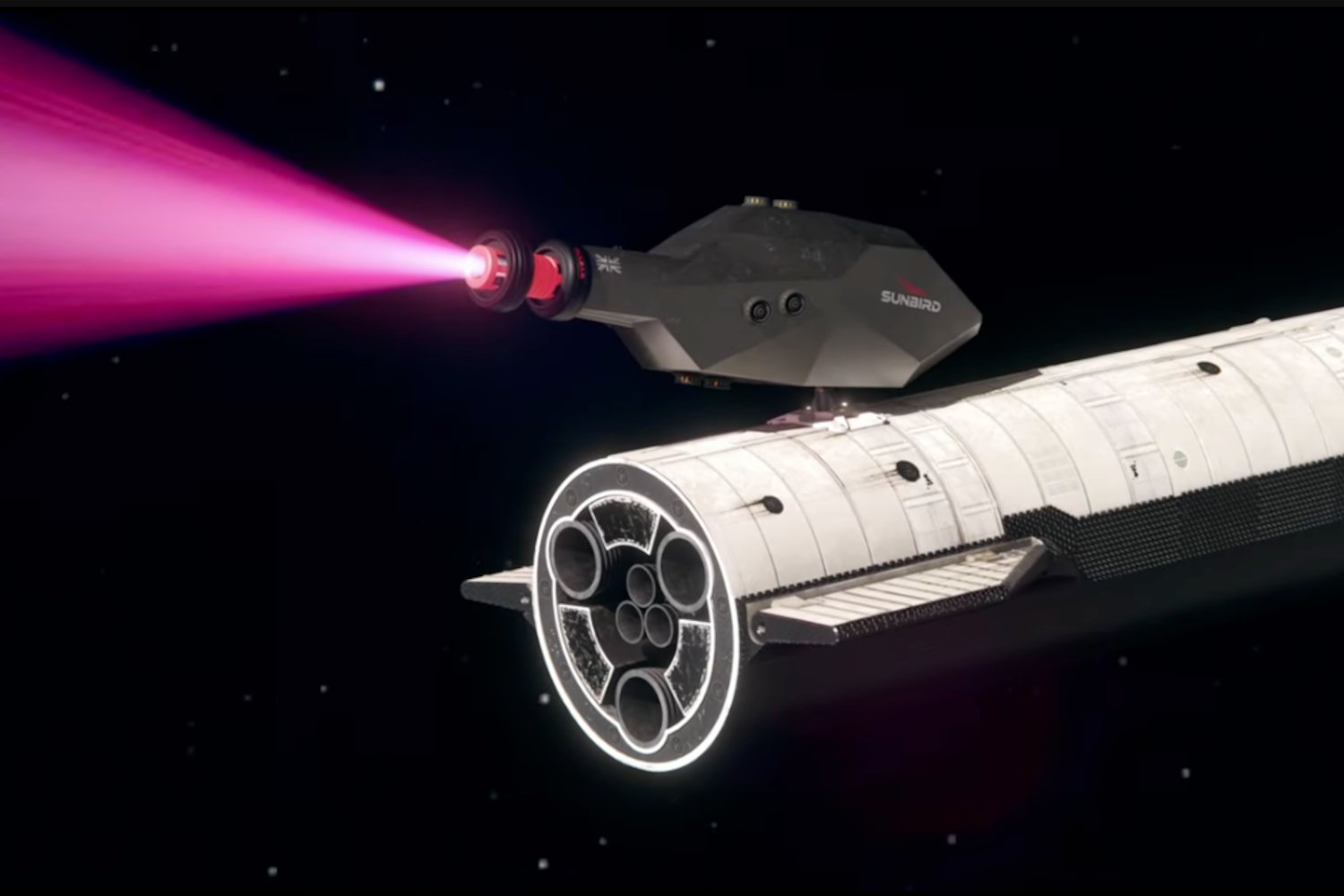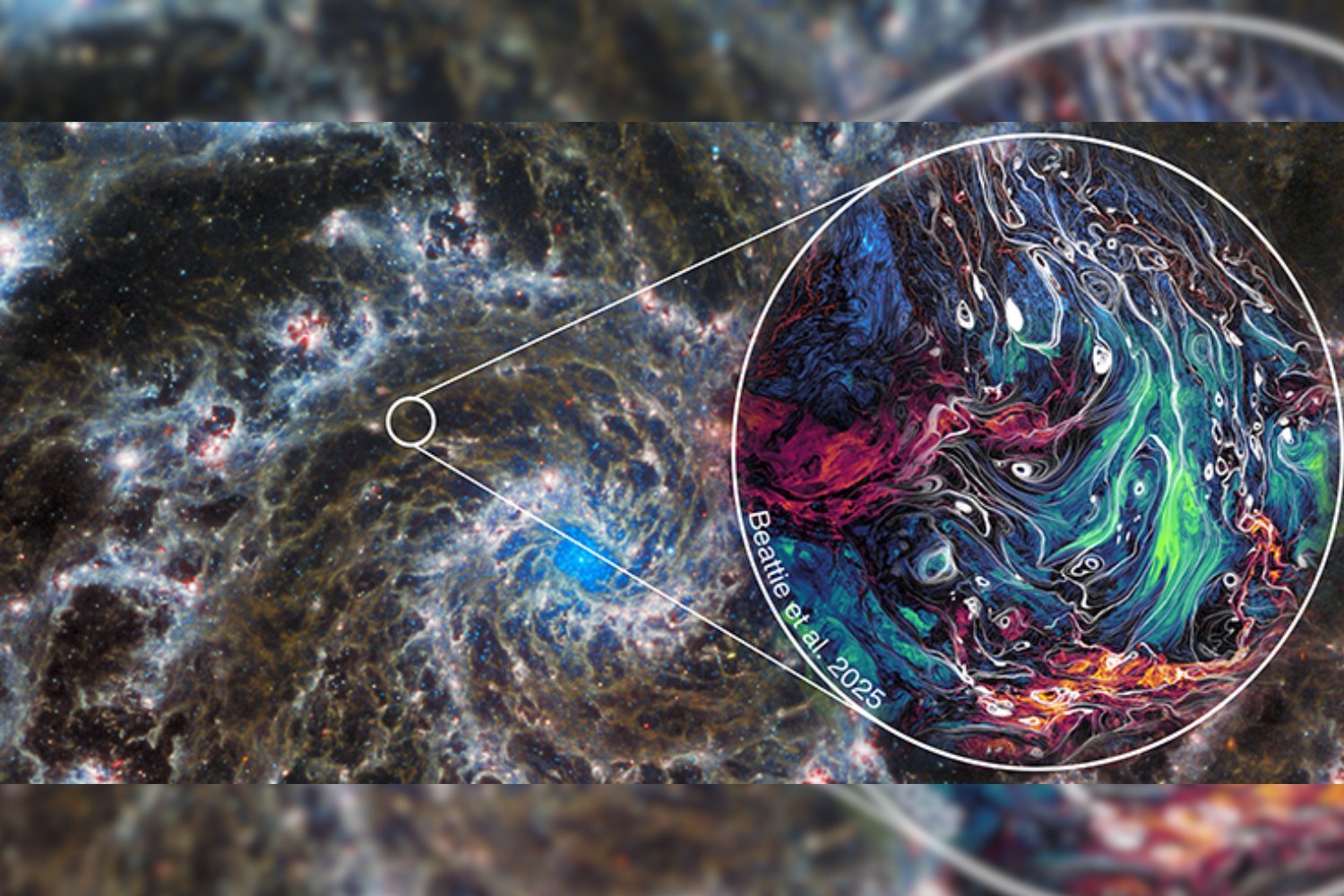The China Space Station, Tiangong, has a new resident – a previously unknown microbe. Discovered in swabs collected from inside the station, this resilient bacterium represents a significant finding in space microbiology. The discovery, published in the International Journal of Systematic and Evolutionary Microbiology, underscores the importance of understanding microbial life in space to protect astronaut health.
Meet Niallia tiangongensis
Named after its place of discovery, Niallia tiangongensis was found during a survey conducted by the China Space Station Habitation Area Microbiome Program. In May 2023, Shenzhou-15 astronauts swabbed a cabin within Tiangong, revealing the presence of this unique microorganism. Analysis shows similarities to Niallia circulans, a rod-shaped, spore-forming bacterium typically found in soil.
A Resilient Space Traveler
This novel bacterium has demonstrated remarkable resilience, surviving in the challenging environment of microgravity. Niallia tiangongensis can break down gelatin to obtain nitrogen and carbon, a crucial adaptation for surviving in harsh conditions. Additionally, its ability to form protective biofilms and produce tough spores enhances its survivability in extreme environments.
Origins and Implications
Whether this microbe evolved in space or originated on Earth and was transported to Tiangong remains unknown. Last year, a drug-resistant bacterial strain was found on the International Space Station (ISS), highlighting the presence of adaptable microorganisms in space. Although both are space-faring microbes, Niallia tiangongensis differs significantly from the ISS strain in composition and function.
Future Research
While the potential threat of Niallia tiangongensis to astronauts is currently unclear, researchers emphasize the need for further investigation. Understanding the characteristics and behavior of microbes in long-duration space missions is critical for ensuring astronaut health and the functionality of spacecraft. This research will contribute to safer and more sustainable space exploration in the future.
Conclusion
The discovery of Niallia tiangongensis expands our knowledge of microbial life beyond Earth and highlights the adaptability of microorganisms to extreme environments. Further research on this novel bacterium will be essential for mitigating potential risks to astronauts and advancing our understanding of the space microbiome. This ongoing investigation will play a crucial role in ensuring the safety and success of future space missions.



